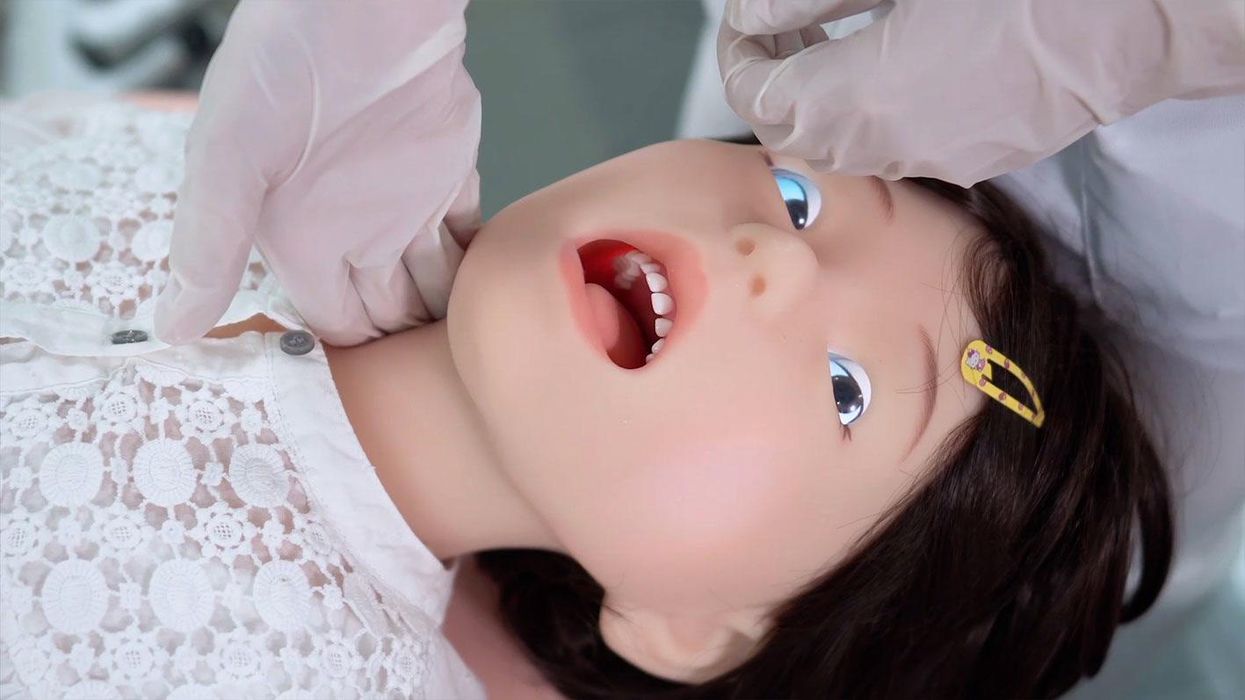Becca Monaghan
May 12, 2022
Nightmarish child robot that has seizures and bleeds could save lives
Swns
Scientists have made a significant breakthrough that has hinted at brain death being reversible.
They were able to bring human eyes "back to life" that were taken from organ donors five hours after death. The US study explored whether brain death – when a person cannot breathe on their own without life support – "is truly irreversible."
Lead author Dr Fatima Abbas of the Moran Eye Centre at the University of Utah said: “We were able to wake up photoreceptor cells in the human macula, which is the part of the retina responsible for our central vision and our ability to see fine detail and colour.
“In eyes obtained up to five hours after an organ donor’s death, these cells responded to bright light, coloured lights and even very dim flashes of light.”
The loss of neuron activity is a part of death. Scientists have since looked into whether life can be given to organs of those who have died.
In a 2019 study published in the journal Nature, Yale University managed to restart the brains of 32 dead pigs. But, they failed to create communication between neurons – unlike the University of Utah.
Sign up to our free Indy100 weekly newsletter
Dr Frans Vinberg, an assistant professor of ophthalmology and visual sciences at the University of Utah, said: “In Yale’s case, coordinated population activity of neurons in pig brains could not be revived.
“In our case, we were able to revive population responses from photoreceptor cells even up to five hours after death in the human central retina, an important part of our central nervous system.
“We were able to make the retinal cells talk to each other, the way they do in the living eye. Past studies have restored very limited electrical activity in organ donor eyes, but this has never been achieved in the macula, and never to the extent we have now demonstrated.
“Retina is part of our central nervous system, so we think similar things might be seen also in the other parts of the brain.”
Professor Anne Hanneken, Scripps Research Associate, added: “Until now, it hasn’t been possible to get the cells in all of the different layers of the central retina to communicate with each other the way they normally do in a living retina.
“Going forward, we’ll be able to use this approach to develop treatments to improve vision and light signalling in eyes with macular diseases, such as age-related macular degeneration.”
Have your say in our news democracy. Click the upvote icon at the top of the page to help raise this article through the indy100 rankings.
Top 100
The Conversation (0)
x














